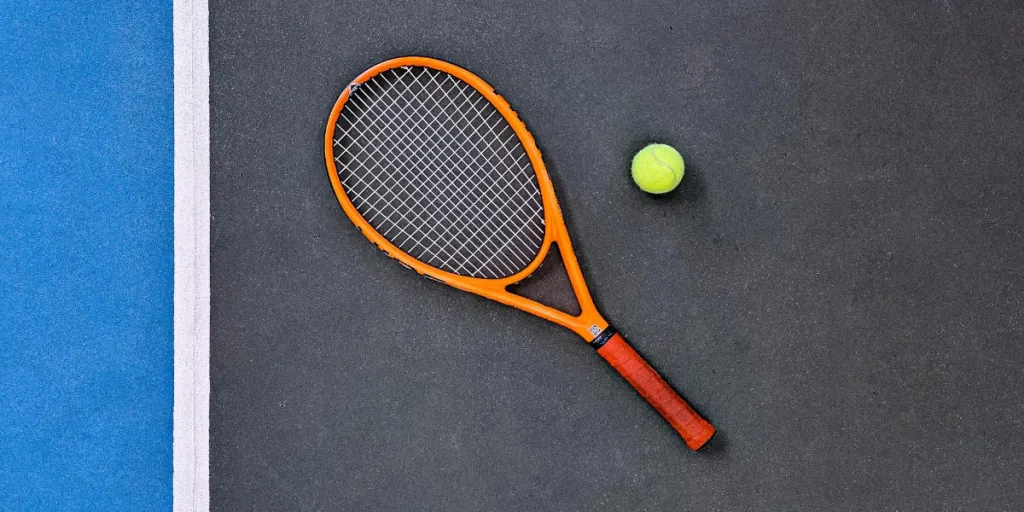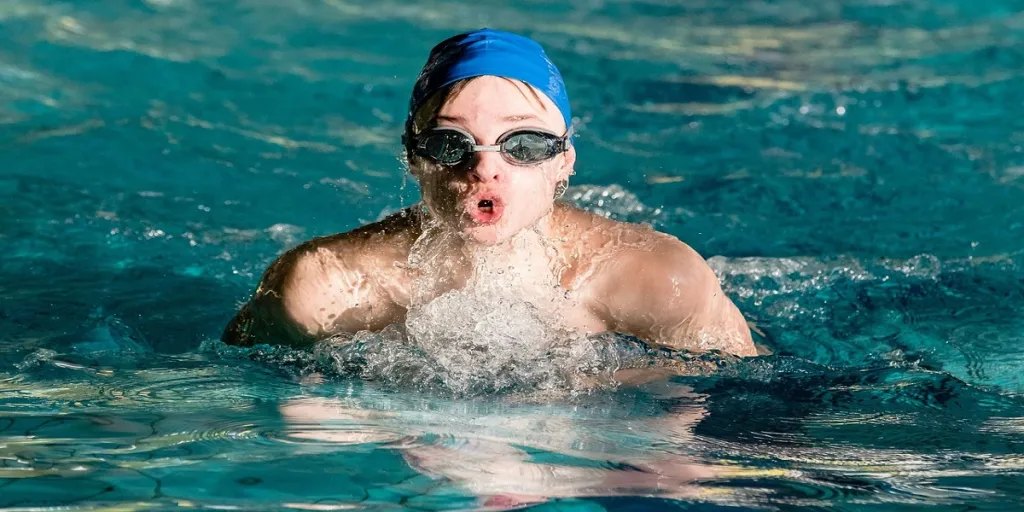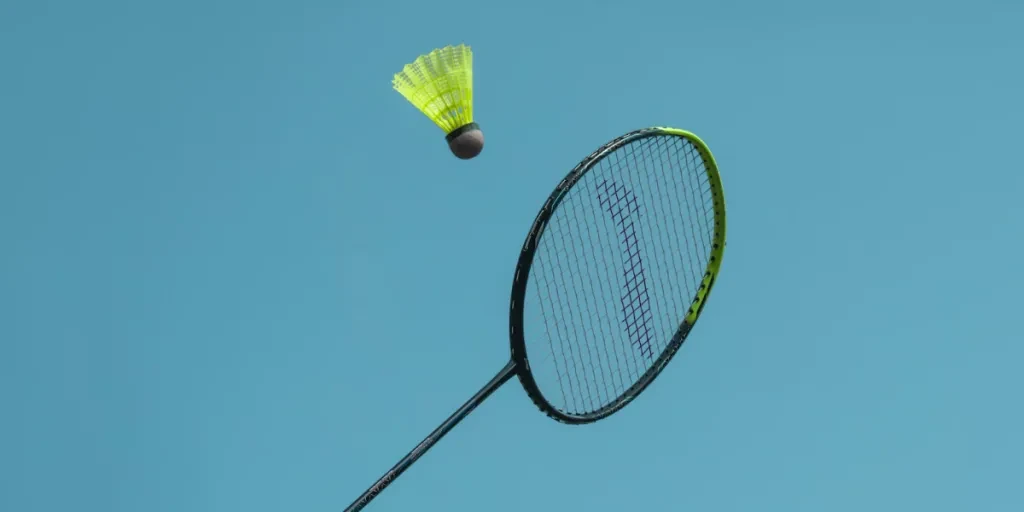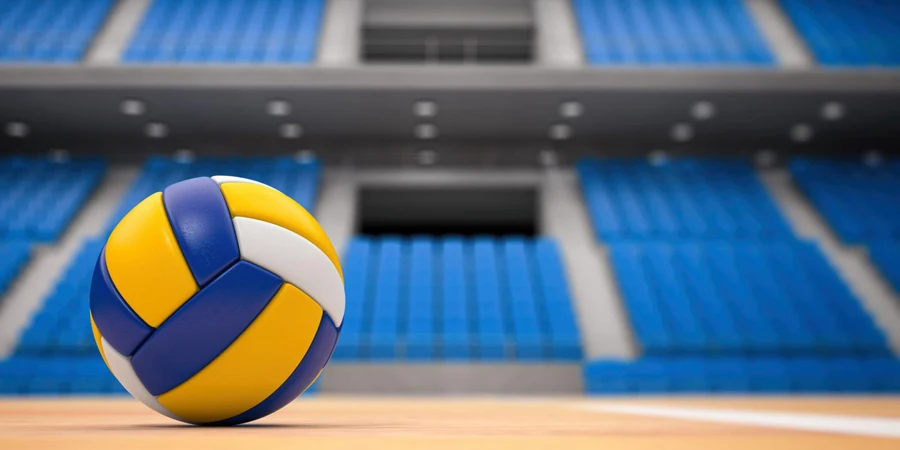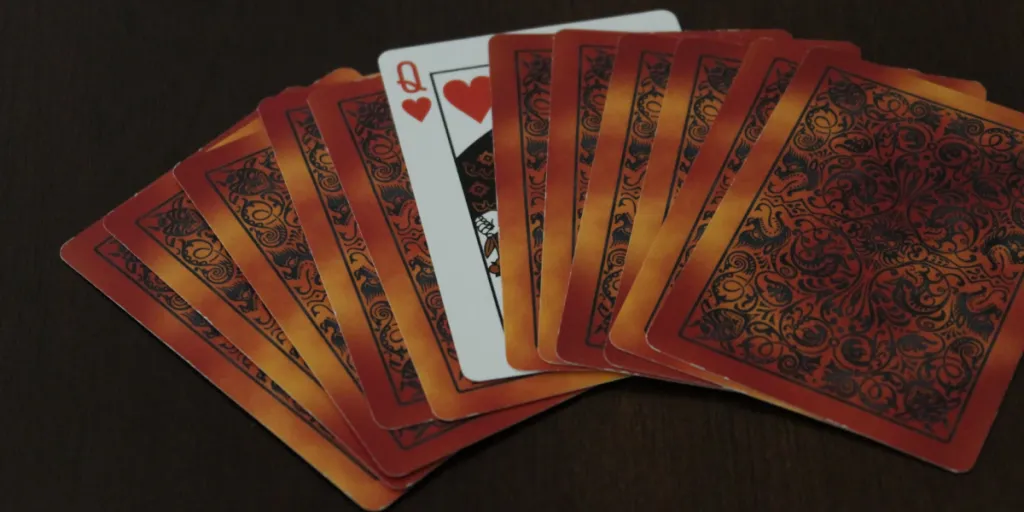Tennis is one of the most popular sports in the world. And during a match, tennis rackets do a lot of the work. This means they can influence a player’s speed, control, and power. Because of this, players put a lot of consideration into their rackets—and businesses should do too.
So read on for an overview of the market for tennis rackets, and discover the essential details to consider when stocking up on tennis rackets in 2024.
Table of Contents
Is the tennis racket market profitable in 2024?
What are the main types of tennis rackets?
5 aspects to consider when choosing tennis rackets in 2024
Wrapping up
Is the tennis racket market profitable in 2024?
Tennis rackets are an essential part of the sport, whether professional or casual, which is one of the reasons why the market is so profitable. In 2022, experts valued the tennis racket market at US$ 527.08 million but predicted it would hit US$ 1.2 billion by 2032. They also say it will experience this growth at an 8.4% compound annual growth rate (CAGR).
With more tennis training institutions demanding rackets, reports suggest this will boost market demand. In terms of the leading segment, the open string pattern dominated in 2022, and experts expect it to maintain its lead. Geography-wise, based on the same report, forecasts show Europe will register significant demand growth as tennis is the most popular activity in the region. Asia Pacific will also witness increased demand due to higher tennis court and training facility availability.
What are the main types of tennis rackets?
1. Power/game improvement rackets
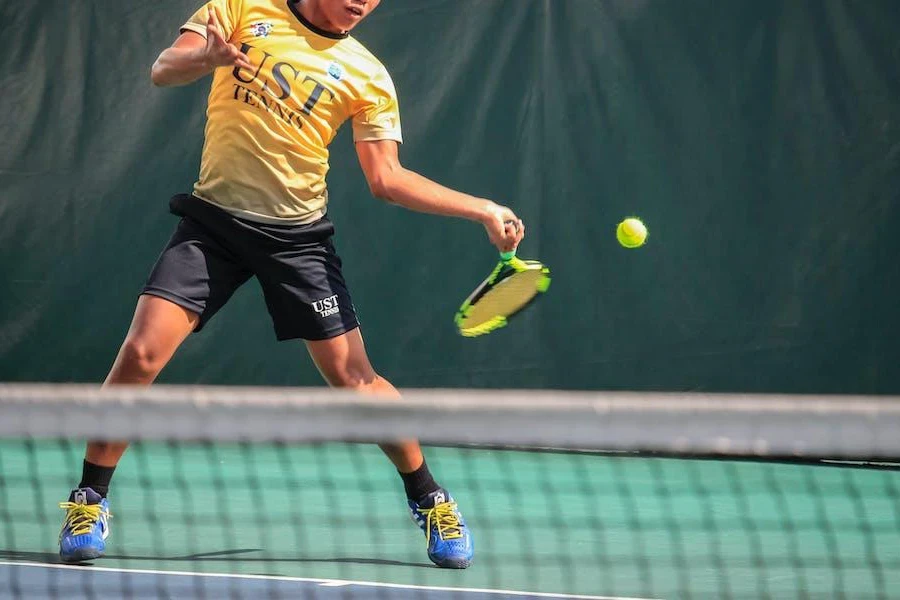
These rackets are the go-to for players who hit with more power, depth, and less effort. For this reason, power rackets are the safest bet for beginners hoping to develop their form, skill, and proper techniques. These rackets give players enough power to swing while helping to train their preferred skill set.
But that’s not all they’re great for. Young and growing players without much strength use power rackets. They are also excellent for older players who can’t generate the same swing strength they had in their youth.
2. Control tennis rackets
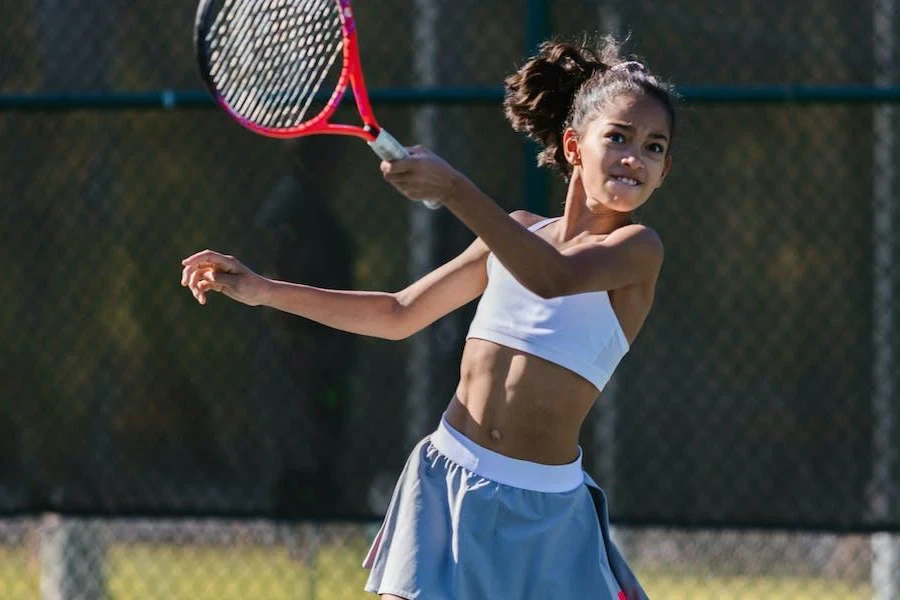
These rackets are the opposite of their power counterparts. Clearly, they trade off power for more control or ball placement accuracy. However, using this racket means players must have developed the technique, skill, and fitness needed to generate the sacrificed power. For this reason, control rackets are excellent for professional or seasoned players with fast and full swings. In addition to being compatible with advanced players, control rackets are also great for intermediate players with enough power trying to get more control.
3. Tweener rackets
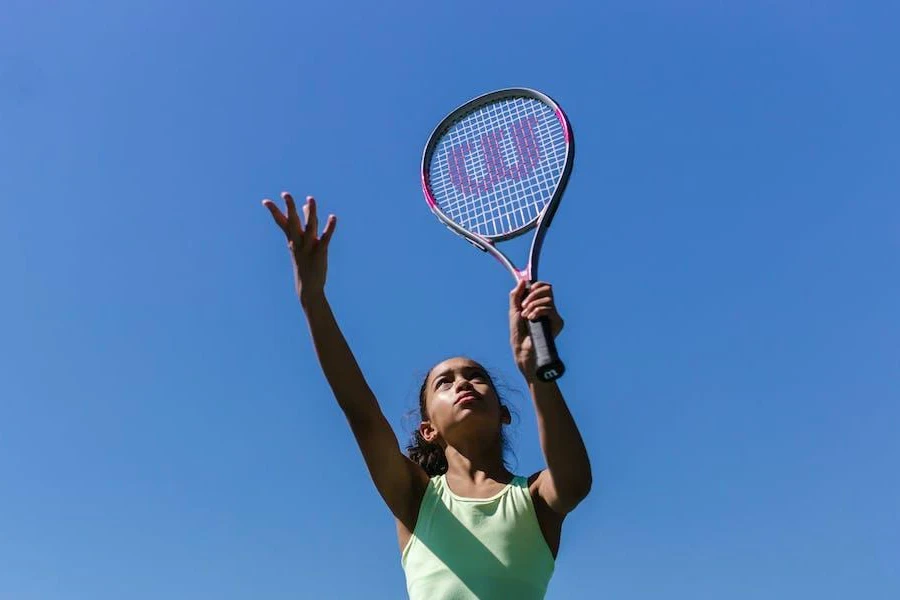
These rackets are the sweet spot between control and power variants. Tweener rackets are intermediate models that appeal to players looking for the perfect blend of power and control—they are all-around performers! But while tweener rackets are great for intermediate players, beginners, and recreational players can also use them, especially when they kick off training with inexpensive starter rackets. Note: Tweener rackets’ characteristics make them the most versatile type. They offer various options, making them perfect for different playing styles and skill levels.
4. Modern player’s rackets
A few years back, almost all pro tennis players brandished control (or traditional player) rackets. However, things have changed, and the evolving racket designs have seen pros shift their preferences to more updated designs, like modern player’s rackets. These rackets may still be heavier than standard models, but they offer slightly larger heads and stiffer ratings. How does this change anything? With these stats, players can enjoy increased power and spin potential!
5 Aspects to consider when choosing tennis rackets in 2024
1. Head size
Head size significantly impacts players’ style and ball speed, which extends to the racket power. Generally, a wide-impact zone will generate more power than smaller ones. More importantly, larger plates offer a more useful impact area while reducing the risk of decentralized strikes. But while advanced players prefer something smaller for better control, beginners flock toward rackets with wider surfaces.
There are three head sizes sellers can purchase, differing according to racket type.
Power/game improvement rackets mostly feature oversized heads measuring 105 square inches or more. In contrast, modern player’s and tweener rackets are often mid-plus, offering a 98 to 105 square inches range. Moreover, control rackets are always on the smaller side, offering head sizes of 90 to 98 square inches.
2. Weight and balance
Weight and balance are another critical aspect, maybe even more important than head size. Generally, lightweight rackets dish out impressive power but lack control, while heavier rackets have great control at the cost of power. As a result, beginners often use light rackets, while more advanced players go for heavier models (especially those looking for maximum control).
Here are the two weight factors to consider when choosing tennis rackets:
I. Static weight
This factor determines how heavy the racket will feel in the player’s hands, usually measured in ounces or grams. Additionally, lighter rackets can easily generate speed and spin (plus easy maneuverability), while heavier ones absorb shock better.
Here are some points to keep in mind while choosing racket static weight. While power/game improvement rackets weigh less than 280 grams, control rackets are generally heavier, weighing over 310 grams. On the other hand, intermediate rackets offer somewhere between 275 grams and 300 grams, while modern players’ rackets also range between 295 grams and 315 grams.
II. Balance
Balance handles weight distribution in relation to head size. Manufacturers often divide their rackets into three categories: balanced, head-heavy, or head-light.
Power/game improvement rackets are often head-heavy. This balance helps them compensate for their lighter weight. Control rackets go the head-light route, making their heavier weight more manageable. Lastly, tweener and modern player’s rackets can be balanced or slightly head-light/head-heavy.
3. Swing weight
By calculating static balance and weight, manufacturers can easily find their rackets’ swing weight (i.e., how easy they are to swing). Generally, rackets with high swing weights have more power and stability (but are harder to swing). But those with lighter swing weights offer easier maneuverability at the cost of stability.
While power rackets often offer swing weights below 300, control rackets come with over 320 swing weights. In addition, tweener rackets can range from 300 to 315 in swing weight and modern players’ rackets offer anywhere between 310 to 325 swing weights.
4. Frame stiffness
Frame stiffness also determines how rackets will perform in the player’s hand. Stiffness also links to control, power, and comfort. Hence, a stiffer racket will give more power because it won’t flex noticeably on impact, transferring most of the energy into the swing (but with less control). Manufacturers list stiffness ratings in RA.
As a result, it’s important to keep the following in mind: Tennis rackets with RA values below 63 are flexible. Conversely, variants with 64 to 67 RA values have medium stiffness, while anything from 67 and above is very stiff.
5. String pattern
Sellers must also consider the number of strings running up, down, and across a tennis racket. Usually, rackets can come with open or closed string patterns. While open string variants have higher spin potential and power, close string rackets are the best for control. More importantly, open string patterns come with 16 main strings and 18 to 20 cross ones. Similarly, closed or tighter string patterns feature 17 to 18 main strings and 18 to 20 cross ones.
Wrapping up
Tennis rackets come in a huge variety. And while each manufacturer offers something unique to their brand, each racket can be weighed up against the same basic criteria, such as power, swing speed, and control. Every player needs a racket to engage in this sport, but what makes the ultimate difference is offering models that match their skill level and play styles.
So, before catering to the 246,000 tennis enthusiasts searching for rackets, sellers can leverage the tips discussed in this article. These tips will help retailers choose the perfect tennis rackets for their target consumers and increase sales in 2024.
